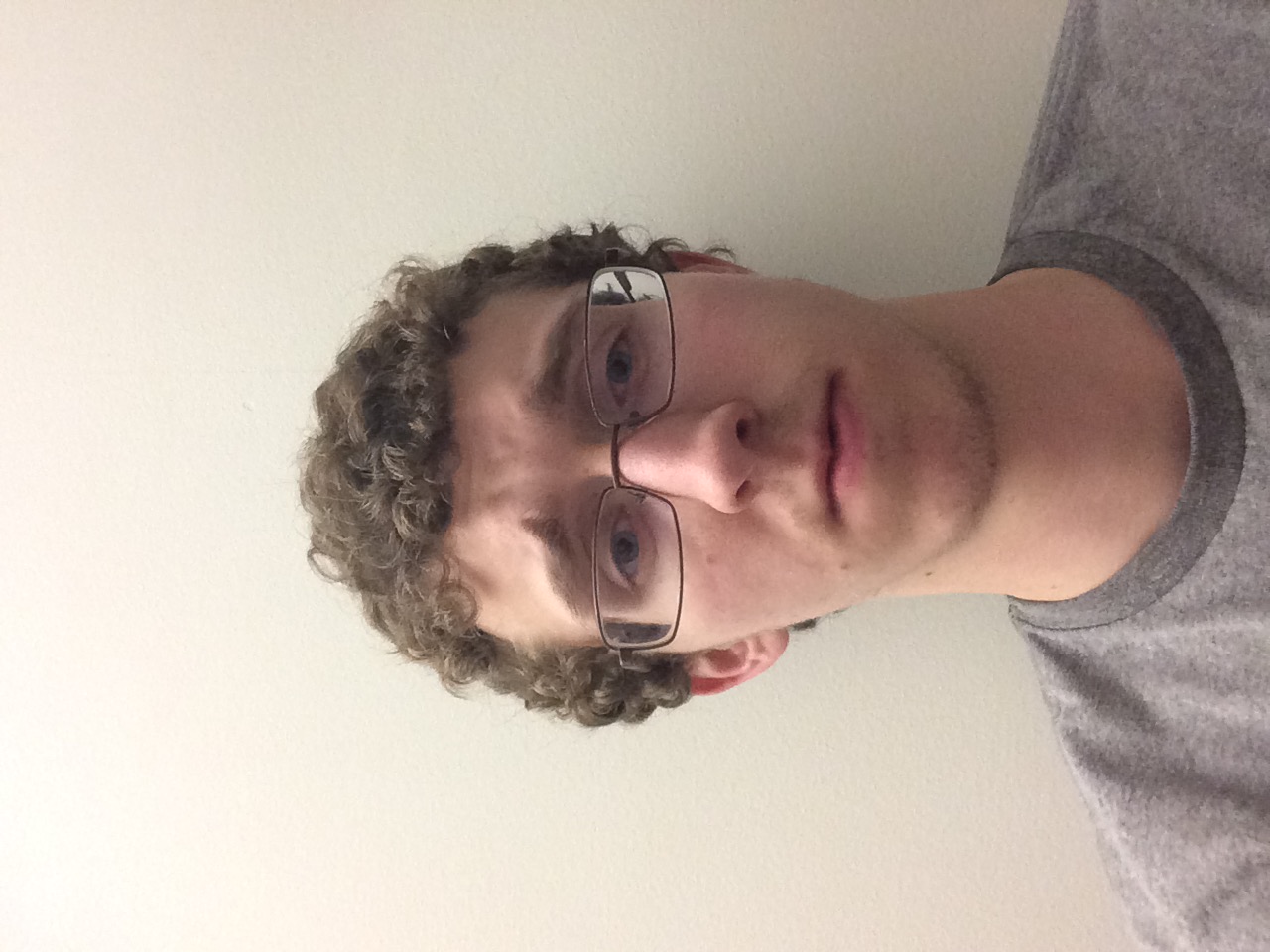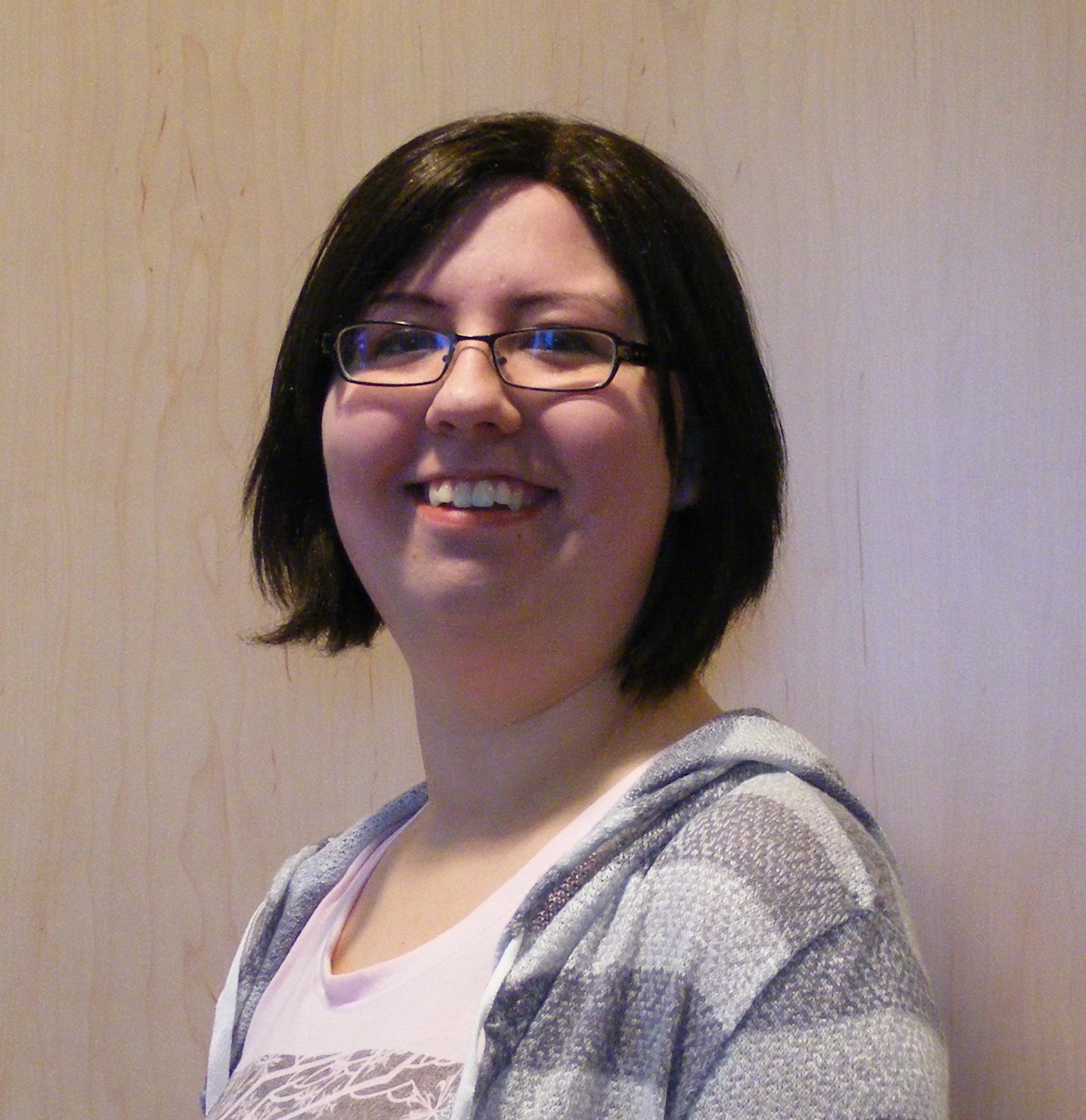Celebration of Scholars
Normal Field Instability of a Ferrofluid in Microgravity
 Name:
Jordan Rice
Name:
Jordan Rice
Major: Physics
Hometown: Kansas City
Faculty Sponsor: Kevin Crosby
Other Sponsors:
Type of research: Independent research
Funding: WSGC
 Name:
Justin Barhite
Name:
Justin Barhite
Major: Physics and Math
Hometown: Green Bay
Faculty Sponsor: Kevin Crosby
Other Sponsors:
Type of research: Independent research
Funding: WSGC
 Name:
Amelia Gear
Name:
Amelia Gear
Major: Physics and Studio Art
Hometown: South Milwaukee
Faculty Sponsor: Kevin Crosby
Other Sponsors:
Type of research: Independent research
Funding: WSGC
Abstract
The objective of our mission is to observe the onset of normal field instability (NFI) in a ferrofluid suspension as a function of applied magnetic field and characterize the role of gravity in stabilizing the surface of the ferrofluid against deformation driven by magnetization. Answering this question is very important to the continuation of ferrofluid applications in the space sciences, as the NFI is the key event for the characteristics of a ferrofluid in the presence of an applied magnetic field. The microgravity time for the experiment was obtained during the free-fall portion of a sounding rocket’s trajectory. The results of our experiment were to model individual droplets of ferrofluid to that of an ellipsoid of revolution. Theoretical modeling of the ellipsoidal ferrofluid droplets shows a rough agreement with the observed behavior during flight.
